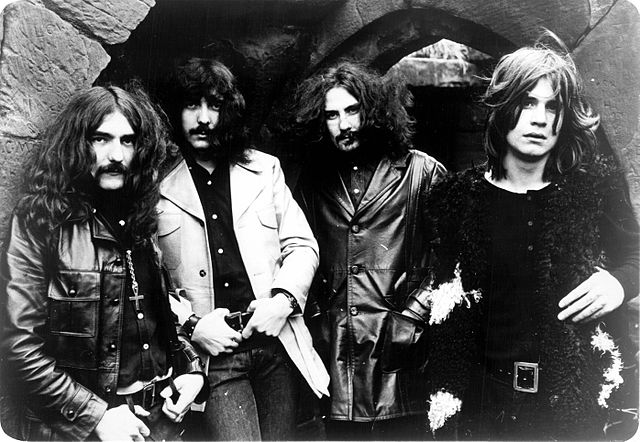Metallica’s song “Master of Puppets” has extremely powerful and driving momentum, which is especially impressive given that it is riddled with meter changes and thrashes on for almost nine minutes. The 1985 album of the same name, on which the song was released, was praised by all sorts of critics, and is commonly described as one of the best metal albums ever released. ((See Steve Huey’s review of this album for All Music Guide, http://www.allmusic.com/album/master-of-puppets-mw0000667490 )) The title song in particular is a fan favorite, and is a staple of the band’s live sets. “Master of Puppets” is also one of Metallica’s most popular songs among aspiring guitarists, and the number of home-made transcriptions of this song available online is simply staggering — for example, ultimate-guitar.com has at least 45 separate tabs of this song alone, not including tabs of the whole album. ((At the time I’m writing this, 911tabs.com lists literally hundreds of “Master of Puppets” tabs hosted on other webpages, but a lot of those are redundant copies of the same transcriptions.))
But I feel kind of funny every time I look at a transcription of “Master of Puppets.” There’s a lot of changing meter in this song, and there’s one riff in particular in the verses which has several measures of 4/4 followed by what is usually transcribed as a single measure of 5/8. Continue reading


